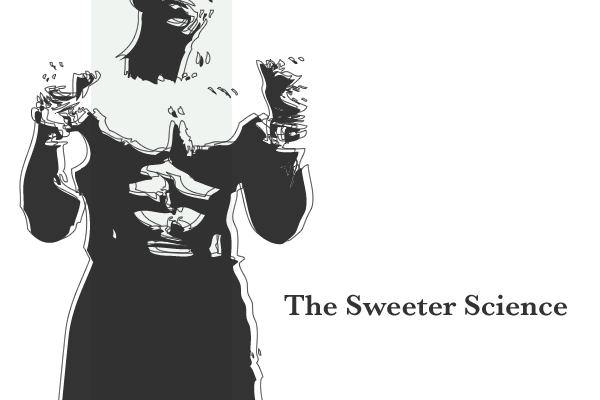Effective March 1, 2008 the Texas Department of Licensing and Regulation passed an administrative rule change that requires amateur MMA organizations to provide increased medical coverage and death benefits to fighters. The previous requirements of $20,000 medical coverage and $50,000 death benefit are now raised to $50,000 and $100,000, respectively. While it would seem that a more robust program for medical coverage would only benefit the safety of the fighters and foster the growth of the sport, it comes at a cost that leaves some promoters questioning the viability of amateur MMA in Texas.
This motion, proposed in October of 2007, was initially tabled largely due to objections from Texas Amateur Mixed Martial Arts Association president Chip Thornsburg. “My original argument was that this measure was prohibitively expensive for amateur organizations,” states Thornsburg. “The increase in operating cost is going to be around $2000 or more. When you’re talking about $20 tickets for an amateur event, that’s another 100 people you have to get just to cover the increased cost. When some amateur events average around 500 people attending, that is a significant gap to cover.” This sentiment was echoed by some on the TXMMA.COM message board in a topic titled “Amateur MMA on life support in TX.”
While promoters are often maligned wholesale by hardcore MMA fans as merely profit seeking off of the blood and sweat of fighters, there are economic realities that are brought to bear anytime an event is put together. Amateur organizations like TAMMA are typically non-profit groups that are essential to the vitality and growth of MMA. A promoter having the ability to manage costs and hold events gives fighters the avenues for displaying their skills and developing as athletes. According to Thornsburg, TAMMA events have produced bottom lines that range from $3400 profit to $2700 losses. Given these erratic figures, a 200-300% increase in operating costs is an understandable concern.
Not all promoters of amateur events are predicting ill effects from this change. Steve Armstrong, President of TAMI Amateur Combative Sports Promotion, Inc. remains positive. “Truthfully, $2000 is a lot of money to come up with for amateur organizations, but this will separate the men from the boys. There are a lot of promoters out there that don’t do right by the fighters. You’ll have to be even more committed now to put on an event. Guys like Chip and me have been doing this for awhile and we’ll find a way to adapt and move on with this.”
This measure puts Texas in a unique position when it comes to insurance requirements. The Nevada State Athletic Commission, considered to be one of the most well established and robust regulatory entities for combative sports, has a similar requirement of $50,000 medical coverage but requires no death benefit (NAC 467.149). Taking this kind of step leaves one to wonder as to the timing and reasoning behind this decision. Part of Thornsburg’s argument against the measure centered on the subtle but important differences in TAMMA’s rule set, namely the use of heavier gloves and the prohibiting of elbows and reinforced knees to the head. These factors should reduce the amount of injuries sustained in competition, so some see this step as perhaps a bit premature given the infancy of the sport.
At first glance one could speculate that the tragic passing of Sam Vasquez last year has created an overly reactionary climate in our state regulatory commission. Greg Alvarez, program manager for the TDLR’s combative sports program, dismisses any connection between increased insurance requirements and the death of Sam Vasquez. “The beginnings of this rule amendment date back to August of 2007, well before Sam Vasquez’s tragic passing. At the TDLR our primary concern is the health and safety of the fighters, and we strive for consistency in how events are regulated. This change puts the numbers for amateur events in line with those of the professional organizations.”
When asked about the objections of TAMMA and the effects of this measure on an amateur organization’s ability to put on shows, Alvarez is optimistic. “There are several companies that will offer $100K death benefits, and the TDLR has set no minimum requirements for the deductibles. An organization looking to keep operating cost down has the ability to choose a plan with higher deductibles, which will significantly reduce the cost of the insurance policy. The deductible is the biggest factor in policy cost, and we have not set restrictions on that.”
As fans and participants of combative sports, we all face the challenge of finding the right balance between what is best for the fighters’ health and safety and what is economically feasible. It would be difficult to find anyone that would disagree with giving fighters the best coverage money can buy, but this is a “perfect world” scenario. Real world constraints require that promoters manage cost and turn profit on their events to be able to continue giving fighters the opportunity to develop. No doubt Texas has taken an important step in developing a more robust program to protect fighters, and only time will tell if there will be any tangential effects that hinder the growth of amateur MMA in Texas.

No comments:
Post a Comment